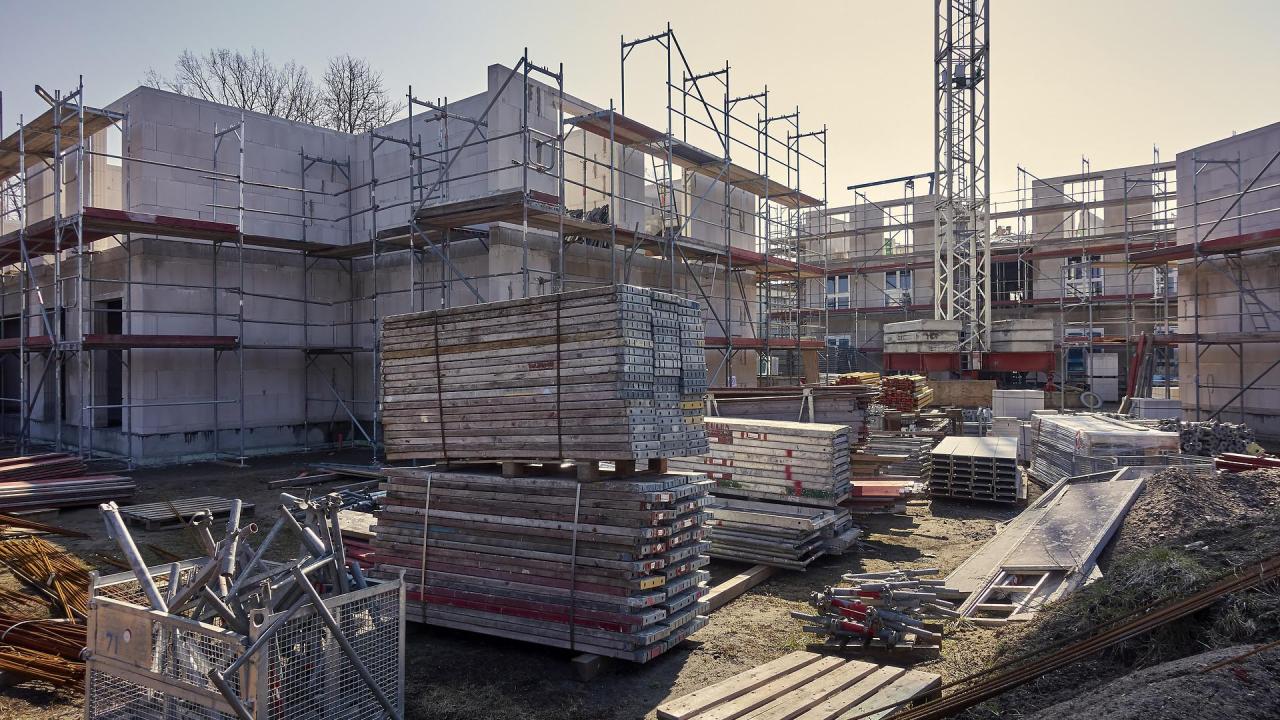
California considers a bill to address greenhouse gas emissions and carbon sequestration in building materials
What's Happening
Building materials, especially concrete, play a major role in the world’s carbon emissions – but, they may be able to help play a role in sequestering carbon, too. Last year, California passed SB 596 (introduced by State Senator Josh Becker, D-San Mateo), which set a goal of net-zero greenhouse gas emissions for the sector by 2045 and tasked the California Air Resources Board (CARB) to develop a comprehensive strategy to do so. This year, a follow-up bill, SB 1297 (introduced by State Senator Dave Cortese, D-San Jose), lays the foundation for policies that will achieve the goals set forward by SB 596. This bill tasks several state agencies, including the California Energy Commission, the California Natural Resources Agency, and CARB, among others, to address embodied carbon (the total GHG emissions caused by the production and use of a product) and carbon sequestration in building materials. SB 1297 instructs agencies to create methods to assess and quantify the embodied carbon in building material production and use, as well as their avoided emission or sequestration potential, and to prioritize, where feasible, the public purchase of materials with lower embodied carbon and higher sequestration potential.
Here's Our Take
UC Davis researchers published a literature review of studies around the world on policies to mitigate GHG emissions in cement and concrete. Among their findings and recommendations, researchers noted a common set of measures that have been shown to reduce GHG emissions from cement and concrete, including using renewable energy in the production process, replacing some of the energy-intensive cement with alternative binding agents, recycling old cement or pavement into new concrete, and using carbon capture and sequestration technology. The report also examined and classified barriers to adopting these measures into four categories: market, technology, regulatory and coordination. Researchers did not find, however, a common policy framework in the studies, indicating that there may be opportunities to use policy to help drive these technologies into wider use.
The building industry is simply massive, and as the researchers point out, addressing GHG emissions in building materials will require, “action at multiple levels and across different actors.” At UC Davis, Dr. Sabbie Miller and Dr. Alissa Kendall are helping lead efforts to study the climate impacts of concrete and other building materials. A low carbon cement standard may ultimately be a promising approach, and more research is needed. SB 1297 attempts to combine the efforts of multiple agencies at the state level to support the development and implementation of lower-carbon-emitting materials and materials that may help sequester carbon. These are vital steps, as the industry’s carbon footprint is also immense: globally, the production and use of cement alone accounts for seven percent of our total GHG emissions, annually.
